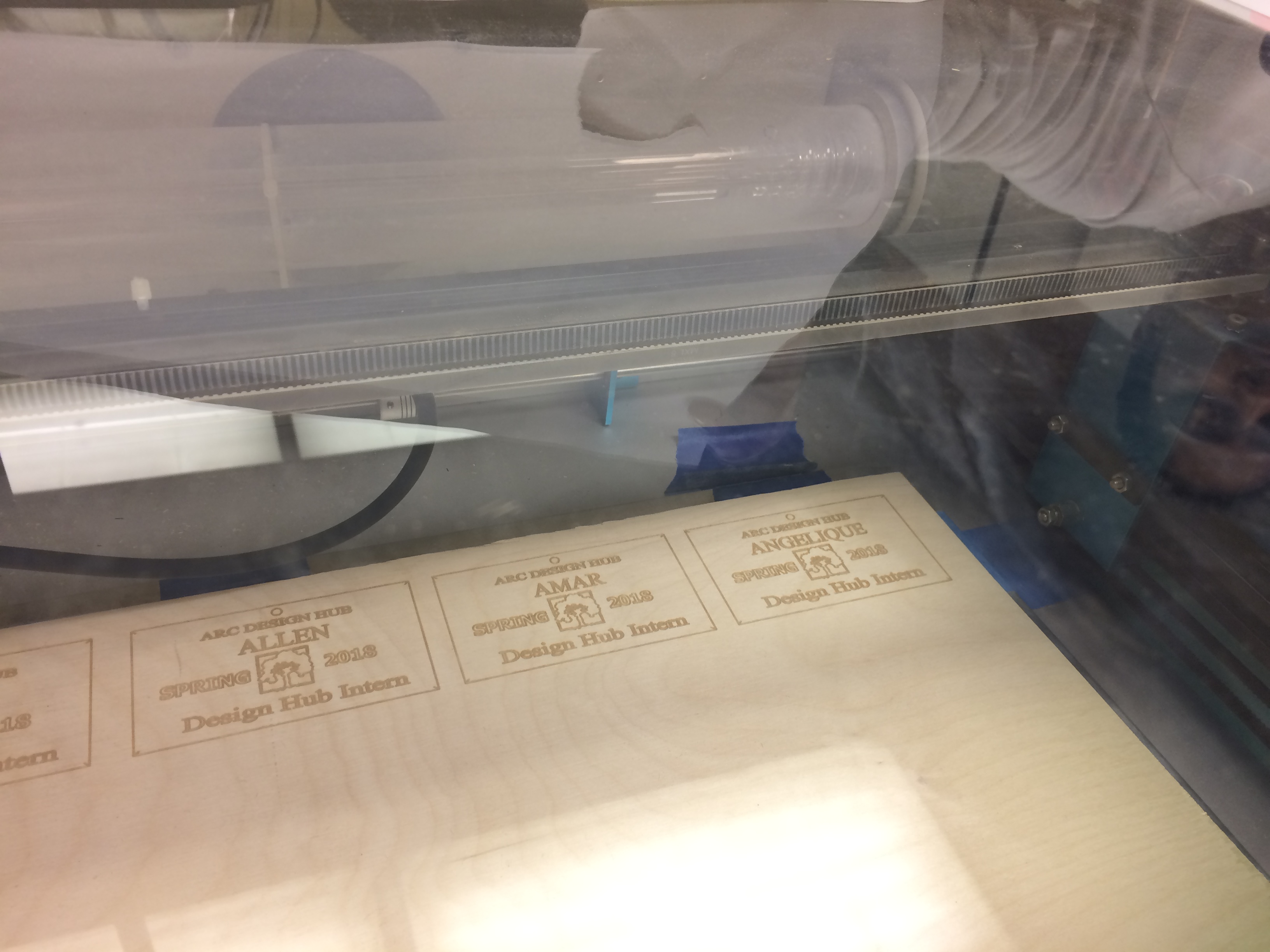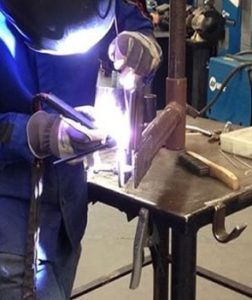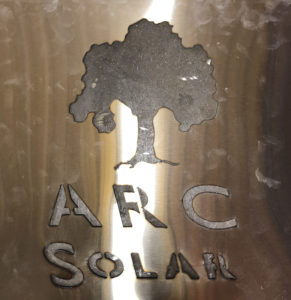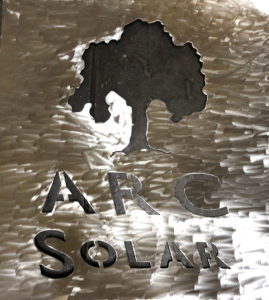
Our Monthly Email List is fired up and ready to go! Although, some of our readers may have some questions about what it is, what it’s for, and who it’s for. Today we are answering those questions! So we’ll dive right in.
WHAT IS IT?
This will be a nice summary and recap on everything that is going on each month behind the scenes at the Design Hub that will be conveniently sent out to all of our members who sign up on our email list.
Basically everything that we post here on our website: our projects, events, meetings, everything we make, and everything we’re about is going to be condensed into one time-friendly, easily- digested email. This email will, of course, come complete with pictures and links to all of our social media in case a certain story sparks a little extra interest and someone wants to see more.
WHY AN EMAIL RECAP/ HOW DO I SIGN UP?
Just because we know that not everyone makes it directly to our website all of the time. So, for this reason, we wanted to make a nice, readily available, quick-read version of all of the neat stuff going on here, and send it out to everyone who wants to keep in the loop, but may not have the time to browse every single article on our website.
To sign up, use the QR code or link below!

WHO IS IT FOR?
Most of our audience members are busy, hustling college students. We know this. ~Quick shout out to them!~ The rest of our following are tech savvy, busy-minded people who love efficiency and access. We know and love our demographic. That’s why we want to make it easier for our Design Hub story to reach our audience members.
This monthly email recap is for anyone who wants to keep in the loop with all of the incredible projects we have going on at the Design Hub. I suggest everyone gives it a peek.
WHY SHOULD I SIGN UP?
If you want updates on internship or work opportunities, or to stay in the know with campus events, clubs at ARC, or simply just read up on the cool things our student interns are creating and doing, sign yourself up! It’s easy, convenient, and -every college student’s favorite “F” word- free.
HOW DO I SPREAD THE WORD?
Word of mouth is huge for us. Most of the interns we have now came dancing over to us after they were told about the Hub from their professors, friends, and colleagues. We also love seeing our accounts tagged with your stuff on social media. It may seem simple, but every like, tag, favorite, or retweet on Twitter and Instagram is HUGE for us because that means just one more person is seeing what we do. And if it inspires or speaks to them, then we consider that a big win for the Design Hub.
Forwarding our emails that we send out every month to people who may be interested would also immensely help- not only the Hub, but anyone who may benefit from hearing about the opportunities we can offer to them. Sending over the links to sign up, visiting our website, or even applying to be an intern yourself!
Sign up today, everyone. We really appreciate the support and love we’ve gotten so far. Lets spread that love a little farther.






 Design Hub student Shayn found inspiration in his teacher’s words: “You just gotta do it!” Quoted from none other than the welding professor here at ARC, Chris Messier. “When he’s not teaching his students all he knows, he’s creating vacuum chambers with gloved hands and sheet metal. He is pictured giving an example of the TIG- or GTAW- welding process, something that is proven to be a pretty tricky task. Shayn tells us that he is taking his fabrication and blueprints reading class in the welding department at ARC. As Shayn explains this process, he gives us a piece of welding slang: “stacking dimes”, which is the process of getting the weld to look like dimes that have been melted on top of each other. “It’s actually the sign of a job well done,” Says Shayn. Seeing students inspired by their professors is always a great thing to see. Teachers leave not only an impression on the students, but on the campus community of makers, including those here at the Design Hub. Thank you Chris Messier for all that you do, and thanks to Shayn for sharing! More of Professor Messier’s work can be found on his instagram page: @mez_welds
Design Hub student Shayn found inspiration in his teacher’s words: “You just gotta do it!” Quoted from none other than the welding professor here at ARC, Chris Messier. “When he’s not teaching his students all he knows, he’s creating vacuum chambers with gloved hands and sheet metal. He is pictured giving an example of the TIG- or GTAW- welding process, something that is proven to be a pretty tricky task. Shayn tells us that he is taking his fabrication and blueprints reading class in the welding department at ARC. As Shayn explains this process, he gives us a piece of welding slang: “stacking dimes”, which is the process of getting the weld to look like dimes that have been melted on top of each other. “It’s actually the sign of a job well done,” Says Shayn. Seeing students inspired by their professors is always a great thing to see. Teachers leave not only an impression on the students, but on the campus community of makers, including those here at the Design Hub. Thank you Chris Messier for all that you do, and thanks to Shayn for sharing! More of Professor Messier’s work can be found on his instagram page: @mez_welds



 We took a closer look into the process of making these signs. Needless to say, there are a lot of steps and close attention to detail that is involved. First, our intern Allen has to align the Plasma Cutter with the sheet of metal through coordinates on the computer. After aligning the Cutter, a font must be picked and placed within the coordinates to determine where they will be cut on the metal.
We took a closer look into the process of making these signs. Needless to say, there are a lot of steps and close attention to detail that is involved. First, our intern Allen has to align the Plasma Cutter with the sheet of metal through coordinates on the computer. After aligning the Cutter, a font must be picked and placed within the coordinates to determine where they will be cut on the metal. 

